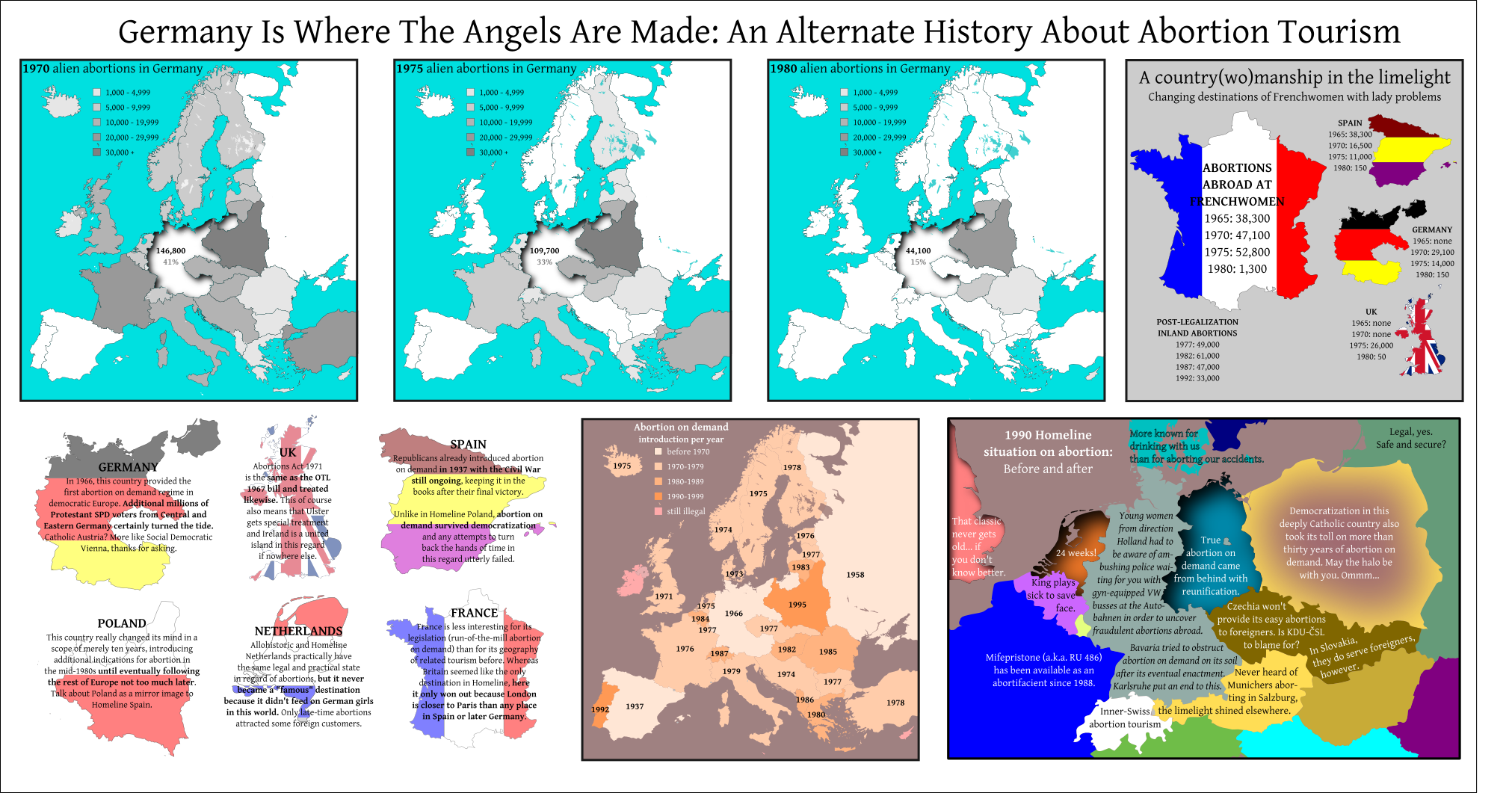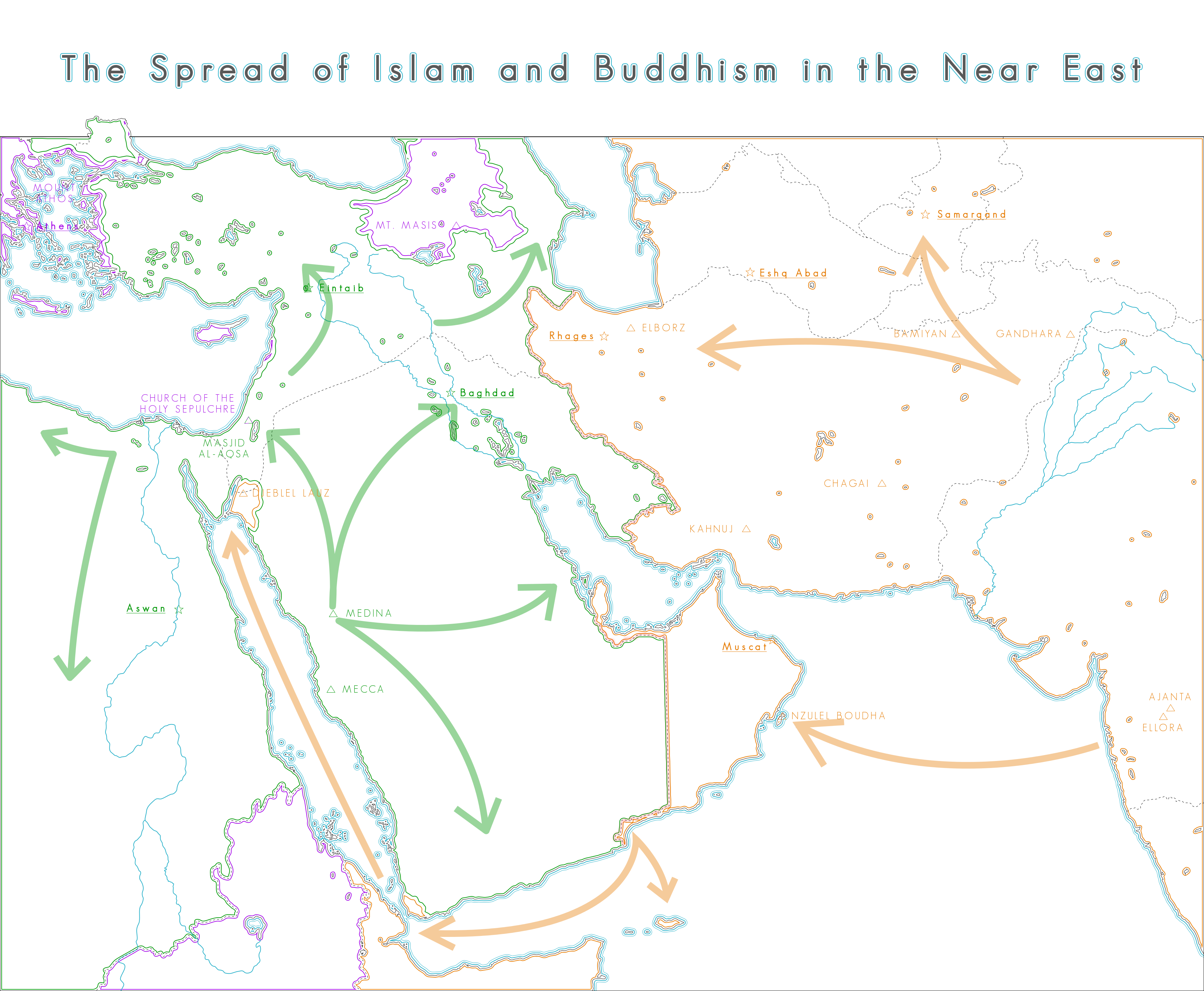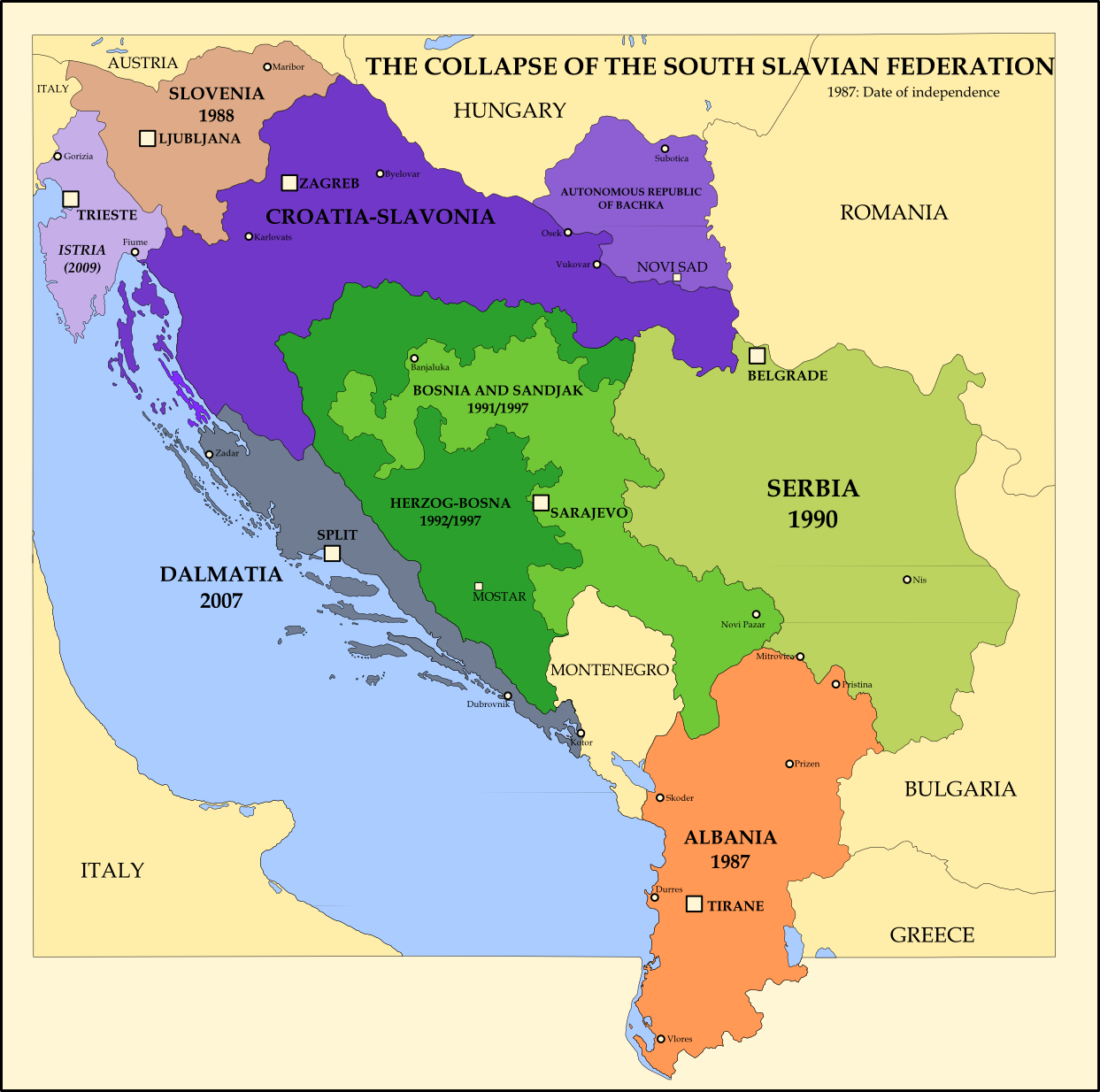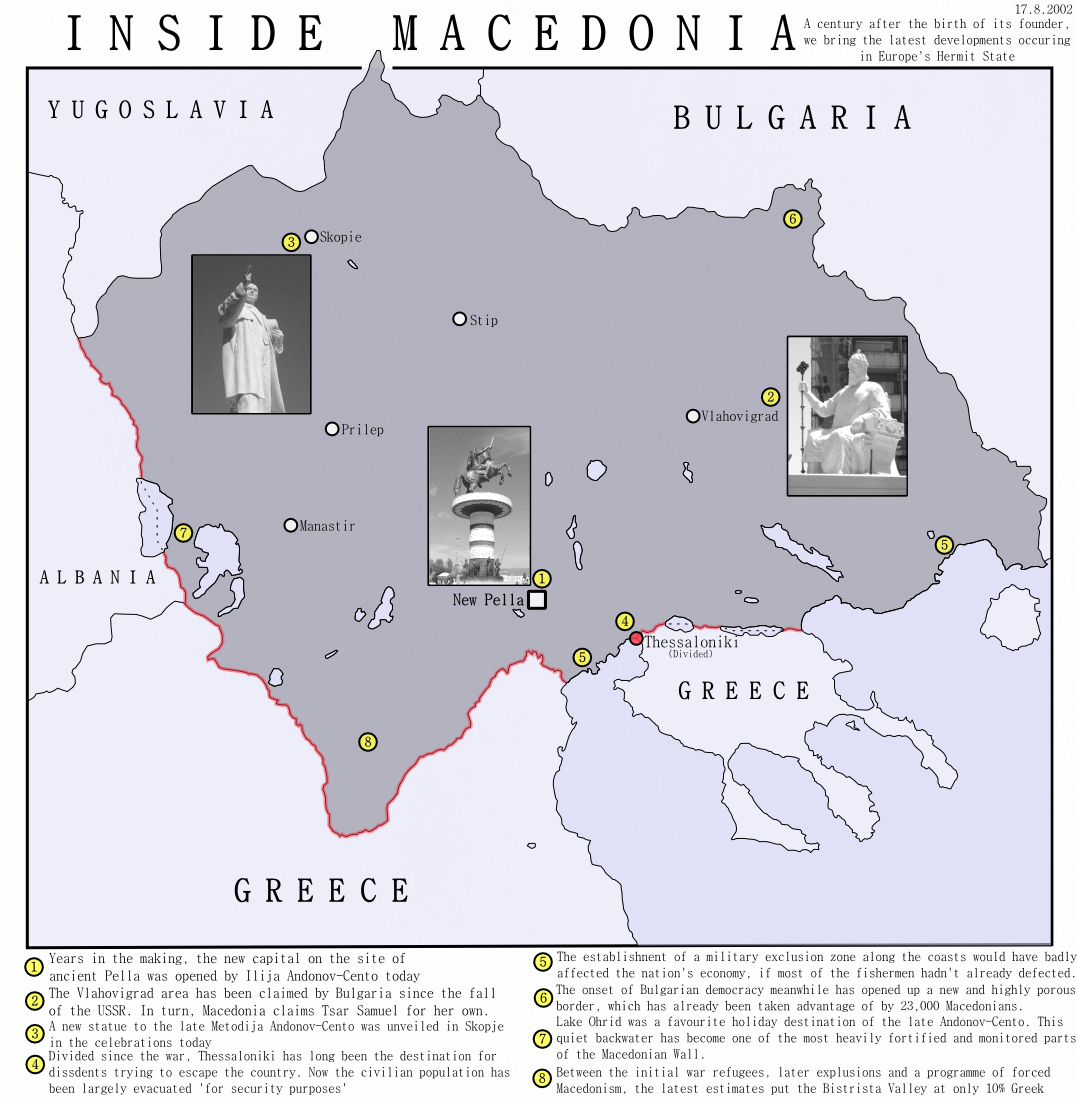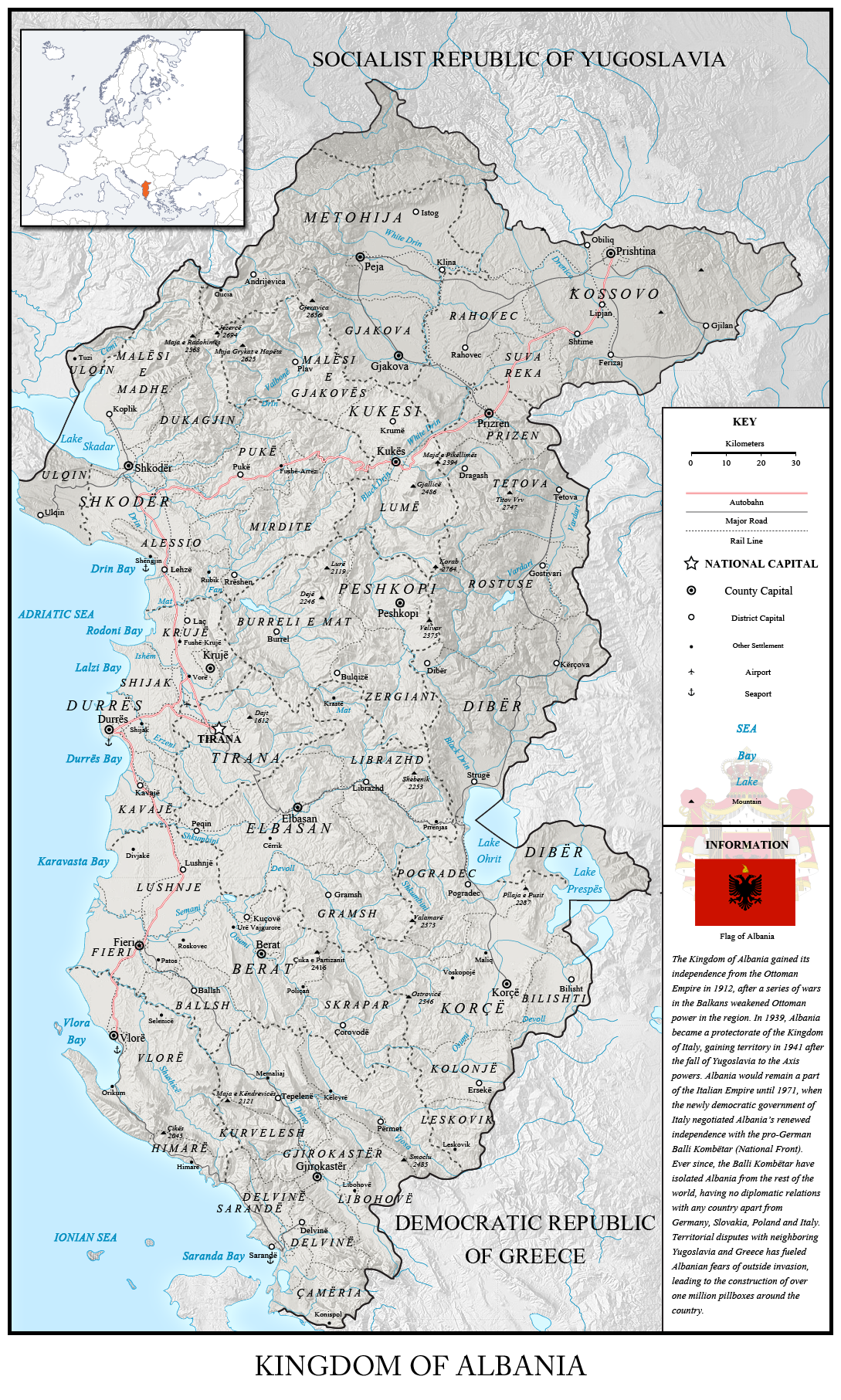Lost the game:
Britain gains independence from America
In this universe William Pitt the Elder was in better health and declined a lordship, thus remaining prime minister for longer and brokering a settlement with the American colonies which led to American representation in Parliament. As time went on, however, the American shires grew more populous, and added their weight to the demands for reform. In 1818 the Great Reform Act was passed, expanding suffrage and eliminating rotten boroughs- and nearly doubling American representation in Parliament. Eventually, as America’s population outweighed that of Britain, they began to demand more proportional representation.
In 1839, the Third Continental Congress met and led to the Great Boycott of 1839, which nearly shut down the Empire’s economy. The result was the Apportionment Act of 1841- what the British would call the Abominable Act. As of then, the American MPs outnumbered the British ones. This led to another debate over what was called the West Iroquois Question- that is, “can American MPs vote on matters that only affect Britain?” Further aggravating things were differing suffrage laws- near-universal in the American shires, still restricted in Britain.
Throughout the 1840s tensions rose as the upper classes of Britain blocked any attempt at expanded suffrage, in collusion with the American MPs, who in return received the support of the House of Lords in removing any and all restrictions on American trade and native manufactures, and even, in 1846, managed to vote themselves a subsidy, to get America caught up in terms of industrialization. This drives up unemployment in Britain, while tariffs drive up the price of goods.
This perfect storm exploded when the British People Association (founded 1838) began demonstrating in several cities, beginning in Bristol. In Leeds, authorities suppressed the marches violently, leaving 21 dead when a shot was fired on one side or another. A general strike in Newcastle complicated things further, driving up the price of coal and leading to the a discussion on coal rationing in the winter. In Ireland, a march in favor of Catholic emancipation was put down even more violently than the march in Leeds, with the order being given to fire on the crowd, leading to seven days of rioting in Dublin and risings in the Wicklow mountains.
In August the People’s Association marched on London. When they camped out in the parade grounds in front of Whitehall in early September, they were removed by force, resulting in a pitched battle in front of Whitehall that then further lead to the suppression of any protests in London and the declaration of martial law. In Birmingham, on October 8, 1848, the People’s Association met and drafted the Charter of the Republic, and declared the independence of a British Republic. Ireland (March 20, 1849, in Wexford), and Scotland, (May 18, 1849) followed suit.
After four years of fighting, during which France under Chief Director Francois Dumond intervened, the British Republic gained independence from America, along with the Irish Republic sans Ulster, which became a Protestant kingdom following population exchanges. Following the burning of Edinburgh and the placing of Inverness in British Republic hands (Glasgow narrowly voted to join the British Republic and not Scotland, and then became more enthused with the choice after the Scottish Republic attempted to take Glasgow by force), Scotland voted to join the British Republic as an autonomous region with devolved powers.
The British Republic would not, however, have possession of any of the old British Empire’s colonies, which would remain in American hands. In Philadelphia, the new American Parliament voted to force King Edward VII to abdicate in favor of his daughter, Charlotte. They also voted that the British lords who fled across the Atlantic would have no voting power in the American House of Lords, which had its powers greatly reduced. On May 18, 1853, the British Empire came to an end when Charlotte was crowned Charlotte, by the Grace of God, Empress of America, Empress of India, Queen of Ulster, and Defender of the Faith. A month later the first elections of the British Assembly resulted the the Assembly voting revolutionary leader Edward Bartram as Chief Executive of the British Republic, and in Ireland John O’Connor was elected Chief Executive of Ireland.



